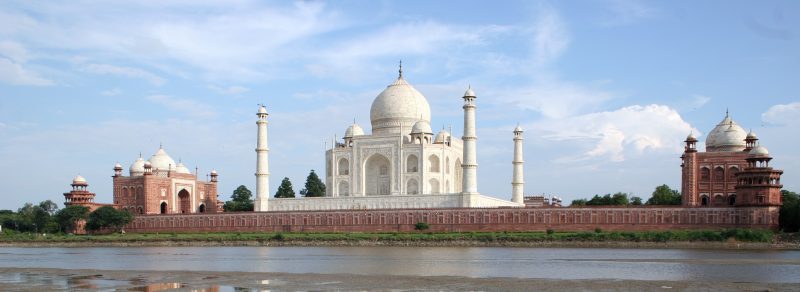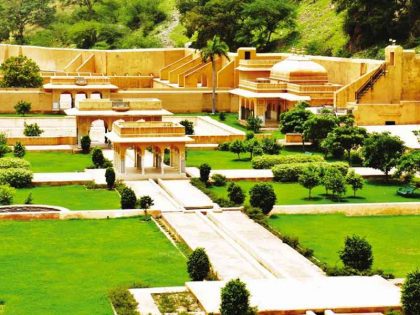Agra City – Place For World Wonder
Agra City – Place for Historical Monuments
Agra is a beautiful city with a world wonder Tajmahal. Anyone who thinks about India also feels about Tajmahal in Agra city. Agra is a Sanskrit word, and historians believe the town has existed since pre-historic times. During the Mahabharata period, the city known as Vanaprastha and a part of Indraprastha, the capital of Pandavas. Up to the Mughal rule, the place did not get its significance.
Agra History
Agra is one of India’s prosperous traditional and historical cities on the river Yamuna’s banks. At first, in 1475 A.D., Badal Singh founded the city and ruled his territory from there. Later in 1504, the Delhi Sultan Sikandar Lodhi migrated to Agra and made Agra his capital city. In 1526 the Persian king Babur defeated Ibraheem Lodi in the ‘First Panipat War’, captured the city, and founded Mughal Empire in India. Agr, a City, continued its long association with the Mughal rulers since then. During the rule of Mughal Emperors, Agra became the place for magnificent monuments like the world wonder Taj Mahal, Agra Fort, Buland Darwaza, Chini ka Rauza and Fatehpur Sikri. Another exciting thing is the city of Agra’s presence is mentioned as an Agraban forest in Hindu Epic Mahabharatha.

Mughal’s Contribution to developing Agra City
During the Mughal period, the city thrived with glory worldwide. The place has a rich historical background and numerous historical monuments. The Agra city development and history are linked with the Mughal dynasty. First, Sikandar Lodhi founded the city. Later, the Delhi Sultanate developed in the 16th century. Babur introduced the concept of square Persian-styled gardens here. Emperor Akbar built Agra Fort, and Jahangir built beautiful palaces and gardens. Shahjahan, the patron of Mughal architecture, built the magnificent monument Tajmahal and other courts, forts and beautiful parks. These monuments made the city magnified to everyone. Later the Mughal dynasty, Agra fell into the hands of Marathas, and finally, the British occupied the town.

The beauty of Agra City:
In the words of Abu’l Fazal, “Agra is a large city and possesses a healthy climate. The river Jamuna flows through it for approx 16 km; on either side are delightful villas and stretches of meadows. It is filled with people from all countries and is the emporium of the world’s traffic. It contains more than 500 buildings of masonry, based on the beautiful design form of Bengal and Gujarat which sculptors and artists have fashioned as architectural models…….“
Brief Note on Agra City
In 1580 A.D., the Jesuit priest Monserrate wrote a book, Commentaries and mentioned in that book the place. According to the book, the city was famous for its climate and fertile soil. Jamuna flows every season, and the banks are covered with many beautiful gardens. He also started a college in Agra city for orphanages and established a church.
The city’s mass of people was so great, and the bazaars were crowded with these people. It was as largest cities to compare other cities in Iraq, Khurasan and Mawar-un-Nahar.